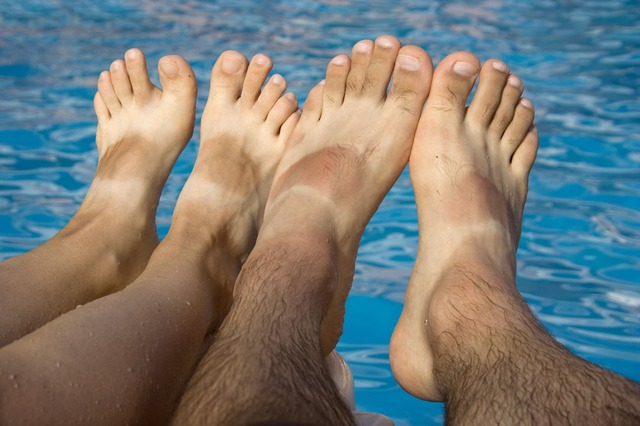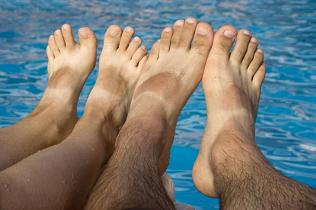Dr. Mercola: Sunlight: WHO Classifies As Class I Carcinogen
It has been reported that Sunlight has been classified recently as a class I carcinogen by world health organization. The once divine power has been leveled down to the label of a carcinogen and the views of many scientists vary upon this.
Photobiologist Dr. Alexander Wunsch, CEO of Medical Light Consulting in Heidelberg, Germany has well documented the scenario in the wake of many questions that have been arising. He says, "Nowadays, sunlight is not fashionable anymore. Some experts even try to ban the tan, others work on restrictions, the U.S. Surgeon General issues a call to action on UV and tanning. How can we deal with these dark clouds in a formerly sunny sky? Knowing more details about the past can help us to adjust and normalize the extreme positions of the 'no sun policy' advocated by the World Health Organization (WHO), the anti-cancer associations and many dermatologists."
Sun has been reported from as far as 6th century B.C in fighting germs and in formation of bones. It had been known that Sun helped in formation of bones which was evident in the skulls of Persian warriors who used hat and prevented Sun from reaching the skull.
Dr. Wunsch says about the importance of Sun, “So this is the first idea, or the first report, from the past that there was a connection between sunlight and the robustness of bones in the human system. Because this was what Herodotus was already reasoning, that the sunlight hardens the bones, the skulls, he thought yes, the Egyptians, they shave their heads, they prayed to the sun and they have naked skin. The Persians, they would wear large hats and protect themselves from the solar irradiation. He was the first, too, to get an idea about things we later learned from vitamin D."
Dr. Niels Finsen was awarded Nobel prize for finding out the effectiveness of sunlight in treating Lupus Vulgaris. According to Wunsch, " Nurses Finsen called them 'light elves' — used concentrated sunlight, which was focused via quartz lenses onto the affected area of the skin using these handles with hollowed chambers, covered on both sides with quartz crystal lens.
The compression of the irradiated skin improved light penetration significantly. The two fittings were used for connecting flexible tubes conducting the cooling water in order to prevent thermal skin burns. This kind of treatment worked perfectly well."
Wunsch also explains the biological effects of sunlight, "Sunlight induces coordinated endocrine adaptation effects. It affects sympathetic and parasympathetic activity, and is a major circadian and seasonal stimulus for the body clock … Our system, via the eyes and via the skin, detects the colors of the light in the environment in order to adapt the hormonal system to the specific needs of the time and place. It's different if we are sitting under the sun in the desert, or if we are sitting under a leaf roof or under a tree somewhere in the woods. The colors around us tell, through the eye, to our brain, to the mid-brain and to the hormonal steering centers, what happens around us and what is to do in order to cope with this particular situation."
The WHO’s recommendation for the classification of Sun under the Carcinogen category appears rather misunderstood talking in the wake of many benefits of the sunlight. Rather its optimal dose should be stated. Its benefits outnumber the detrimental effects in any case and there should be more discussion upon that.
References:
Mercola.com
Vitamin D for Public Health — Integrating Sunshine, Supplements and Measurement for Optimal Health December 2014
Comments
There are 0 comments on this post

















